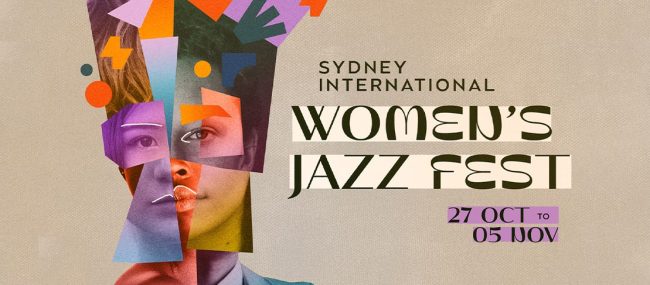The Punjab and the Sikhs
 On the anniversary of a tragedy, Armchair Traveller sets out to create a better understanding of our community.
On the anniversary of a tragedy, Armchair Traveller sets out to create a better understanding of our community.
On Sept 15, 2001 -four days after 9/11- a petrol station owner was gunned down in Mesa Arizona. The reason given was: “For what they did to us” referring to the attacks on the Twin Towers. The horror of any killing of innocent people was compounded by the fact Mr Balbir Singh Sodhi, was a Sikh. The trademark turban of the Sikh faith triggered the erroneous association between turbans and terrorism.
To get to know who the Sikhs really are I headed for their wonderful Gurdwara -or temple- in Glenwood, NSW.
In a nutshell:
- Sikhism is the newest of the world’s main religions
- Guru Nanak (1469-1593), the founder, took time to travel exchanging views with religious leaders from all persuasions. He went as far as Bhutan, China, Tibet and Mecca. His conclusion was simple: God transcends the universe but is present in every part of it and can be found in every single person. All of humanity stands as equal before God, regardless of caste, colour, creed, gender and race.
- Sikhism is not a mixture of Hinduism and Islam. In fact Sikhism grew out of a reaction against the caste system in India
- They believe in One God; emphasise honest labour and fair distribution of wealth; believe in serving the needy and pratice meditation
- Under the rule of Aurangzeb in the late 1600s, a campaign was started to forcefully convert the whole of India to Islam. Hindu priests sought the Sikhs’ help, who by now had a reputation for defending freedom causes.
- Soon the Moghul rulers conducted an all out eradication campaign. By now the Khalsa (the Sikh community) had been given a distinctive ‘uniform’ and Code of Conduct by their last teacher, Guru Gobind Singh (1675-1708) that includes five elements they must wear (the most recognisable is the turban). To underline the equality of all men, surnames, which had linked them in the past to a particular caste or occupation, were ditched. Sikhs adopted the surname Singh (Lion in Sanskrit) en masse for men and Kaur (Prince) for women, who, incidentally, don’t change their surname after marriage. So, today, all Sikhs are Singhs -but not all Singhs are Sikhs, as the surname is a popular one among the Hindu warrior castes.
- In 1739 when Nadir Shah of Persia invaded the Punjab and plundered Delhi, a well-disciplined group Sikhs on horseback descended on the returning Persian forces attacking their sleeping camp at midnight. They retrieved much of the loot (including the fabled Kohinoor diamond) and scortet the freed women prisoners (who had been destined for the slave market in Persia) back to Delhi.
- For this, they paid a high price. They were hunted down, imprisoned, tortured, dismembered and bricked alive in the walls of the Red Fort in Delhi by the Islamic rulers.
- in 1798 Ranjit Singh put an end to 800 years of foreign invasion through the Khyber Pass, by bringing it under Indian control; in 1819 they snatched back Kashmir and in 1836 they brought Ladakh back to the fold. But then the British came, spreading north towards the Sikhs’ beloved Punjab. After two bloody Anglo-Sikh wars, the British managed to take over the Punjab -the last kingdom to be added to the map of British India.
- The partition of India in 1947 brought incredible loss of life to all Indians but to the Sikh community in particular, which lost half of the Punjab to Pakistan. However, the Sikh farmers of the Indian Punjab today produce 40% of rice and 51% of wheat of the total national crops. A case not dissimilar to the Samurai of Japan who in peacetime dedicated themselves to other occupations with the same ardour they fought in the past, turning swords into ploughs.

